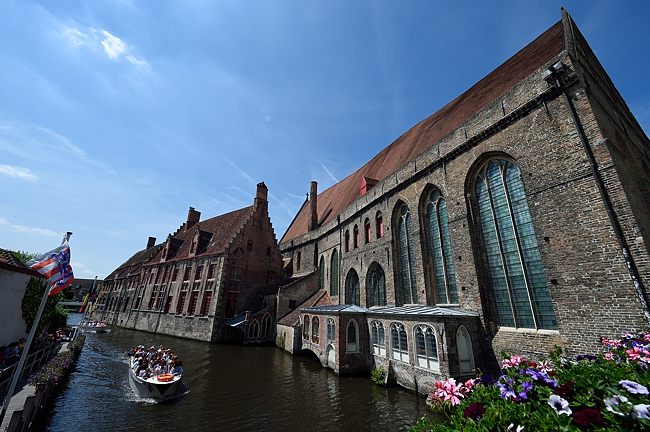Bruges is a small medieval city in Belgium’s West Flanders province, near the Atlantic coast. Even the grandiose “tourist wonderland” may understate. UNESCO named the whole durn city center as a world heritage site. Lonely Planet, Rick Steves, Fodors and TripAdvisor gush about Bruges unreservedly.
‘Why visit?’ answers itself. A better question for a retired Madrid expat might be: ‘Why didn’t I visit earlier?’ Daily direct flights link Madrid to Brussels, Belgium’s capital. Train travel from Brussels to Bruges is a no-transfer cakewalk.
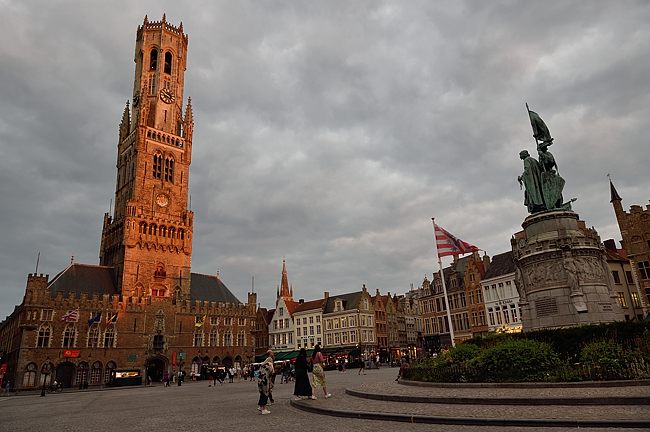
So why wait until 2022? Did some nineteenth century Flanders chorizo make off with my great-great-great grandmum’s waffle iron? What’s my excuse?
The embarrassing truth is that I had extrapolated inappropriately from past chats about Brussels. Several Madrid acquaintances think tourists can safely omit Belgium’s capital from sightseeing bucket lists. Bruges is emphatically ≠ Brussels, but I had unconsciously let yak about the capital color my expectations for the rest of the country. Inexcusable!
GETTING THERE
Brussels Airport adjoins an SNCB train station. I flew inside the Schengen Area security zone, so needed all of fifteen minutes to reach this station entrance after saying my ¡Hasta Luego! to the Iberia flight attendant.
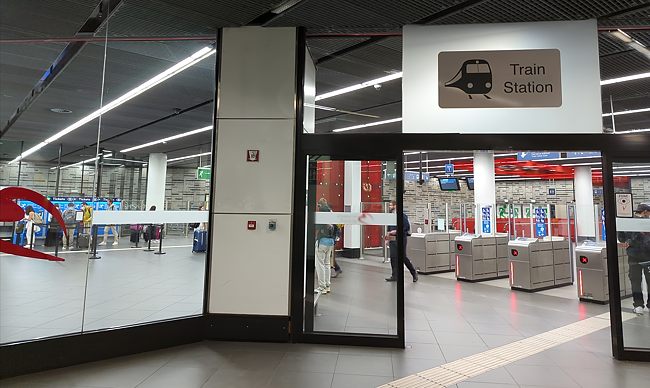
See the ticket machines at the left side of the shot? Seat61 says that I could have arrived ticket-less, easily could have bought a ticket on the fly and hopped on the appropriate train, as in my January travels in Switzerland. Personal experience suggests that this is likely correct, as I remember English fluent, blue-uniformed staff at both the airport and Bruges rail stations.
But, I hadn’t forgotten my travails with rail station vending machines in France. The official belgiantrain.be web site sells tickets (without reserved seats) that are valid for any train boarded on the designated route on the designated day. I bought my tix in advance with a U.S. credit card, used them without issue. One less hassle to worry about on trip day.
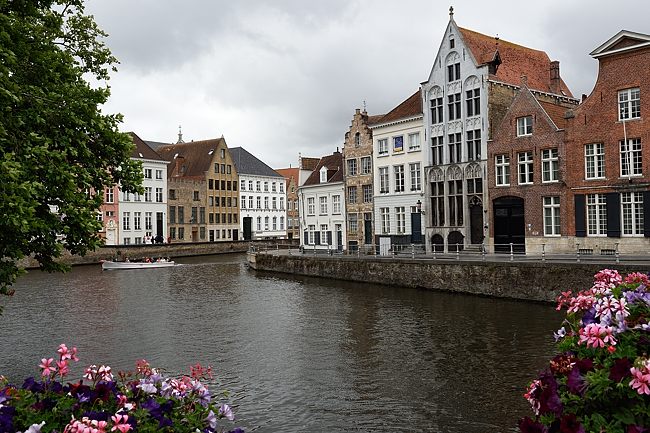
(I presume that I also could have bought tix from SNCB’s international site, which shows comfortable rail treks from Amsterdam, Paris, London and other cities.)
My IC 2833 arrived on schedule. I found a window seat in a nearly empty car, but was joined by many other riders as the train stopped at three more stations in Brussels proper; by the time we left Brussel-Zuid, my car was full.
IN BRUGES
Bruges is home to almost 120,000 Belgians, but we tourists drag our rollaboards and brandish selfie sticks within the UNESCO-anointed city center. Said center is conveniently encircled by the nine kilometer R30 ring road, which mostly follows the route of Bruges’ fortifications of ages past. The train station is a few football pitches southwest of the ring road; one may walk the one and a half kilometers from train station to Bruges’ Market Square nucleus in twenty minutes. I saw public transit buses in the old town, but never rode or investigated their routes, and presume that most visitors do their touristing entirely on foot.
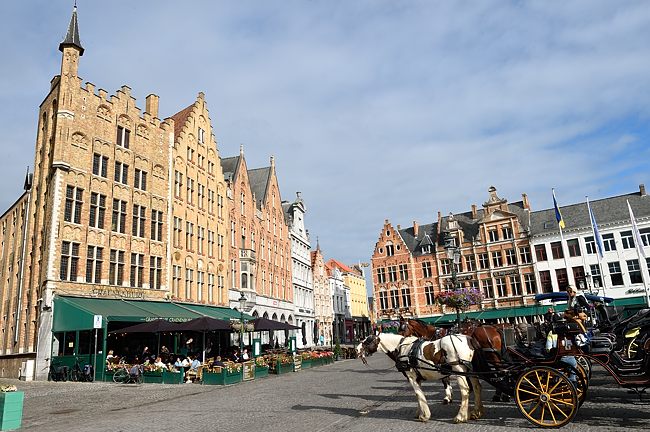
Bruges easily joins Strasbourg and Prague on my personal ‘most beautiful cities of Europe’ list. The shots accompanying this post are representative; a Bruges sojourner can expect to see plenty more of the same in the old town. I intend to put this list on a figurative back shelf, as I realize now that Europe offers many other smallish burgs that merit inclusion. The recipe might be:
(♦) Begin with an urb that qualified as a metropolitan heavy hitter in centuries past. Bruges was a big league European trading hub in the fourteenth century; the Oude Beursplein spawned the Bourse, likely the world’s first stock exchange.
(♦) Add landscaping, and/or an architectural standout. The Bruges, Strasbourg and Prague waterways; Segovia’s aqueduct; Ávila’s walls.
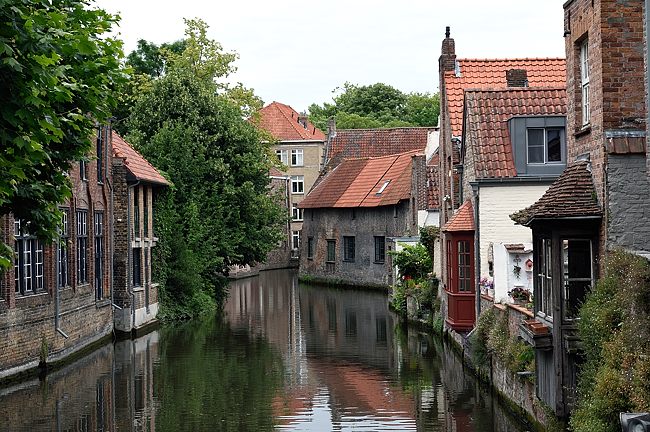
(♦) Protect your future treasure from idiotic military conflicts. Germans occupied Bruges in both world wars, but didn’t break anything important. Segovia fixed the mess left by Al-Mamún in the 11th century.
(♦) The rest may take care of itself. A medieval trader’s no-nonsense warehouse will blossom into a ‘classic of Gothic architecture,’ given time. Wandering pioneers will discover the city, spread the word. An ever-larger fraction of the local private sector will pursue tourism $€¥ — in restaurants, hotels, tours, gift shops — and will complain quickly and lustily about anything resembling blight. Presto, chango: a tourism mecca.
AMERICANS AND SPANIARDS
I heard far, far more American-accented English in Bruges than in any other locale yet visited in Europe. I’ll bet I could have buttonholed sightseers at random to ask if Harris Ranch is still stinkin‘ up the troposphere next to the 5 in the San Joaquin and received an up-to-date nose-witness account within ten queries. (Although I might not have enjoyed the responses given by the other nine.)
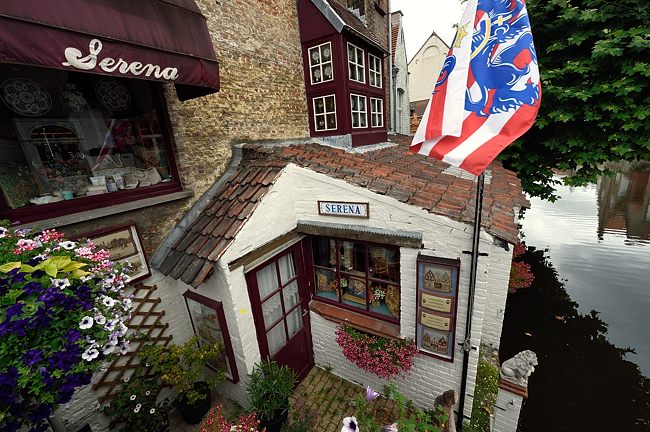
British-accented English? Relatively little, for reasons unknown. But the Bruges visitor can expect to hear nearly as much español as inglés. Spanish traders operated field offices here in Bruges’ Middle Ages hey day, but me thinks the explanation is that Bruges is a known good thing, and relatively close.
WHO SHOULDN’T GO?
Dieters.
Beer, chocolate and waffles are tourist staples in Bruges, and local merchants are past masters in the offering of all three. I missed my Bruges waffle, but bought an excellent chocolate sampler from a merchant on the Wollestraat, and still marvel at the glass of Queue De Charrue Brune sampled at Bieratelier on Wijngaardstraat.
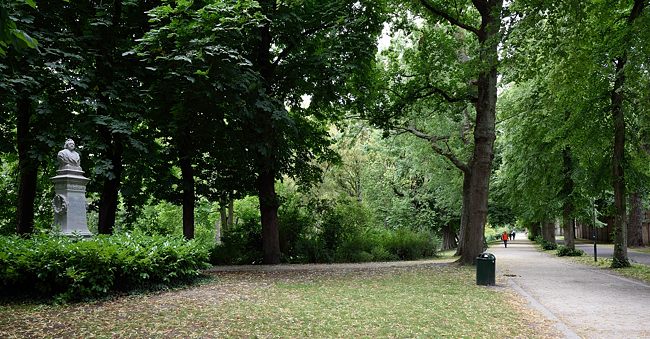
(Consider that I was impressed enough to jot down those four words that I wouldn’t dream of trying to pronounce, and to hunt them up later online. But, I’ll admit: a beer buff I’m not.)
A suite next to a twenty-four hour International House of Pancakes might rival Bruges as an ill-advised vacation pick for a dieter.
ODDS N’ ENDS
(♦) It’s Bruges in English, Brujas in Spanish, Brugge in Dutch. Three words, same place.
For full-size editions of most of the shots above, and a few others, please visit the photo directory:
